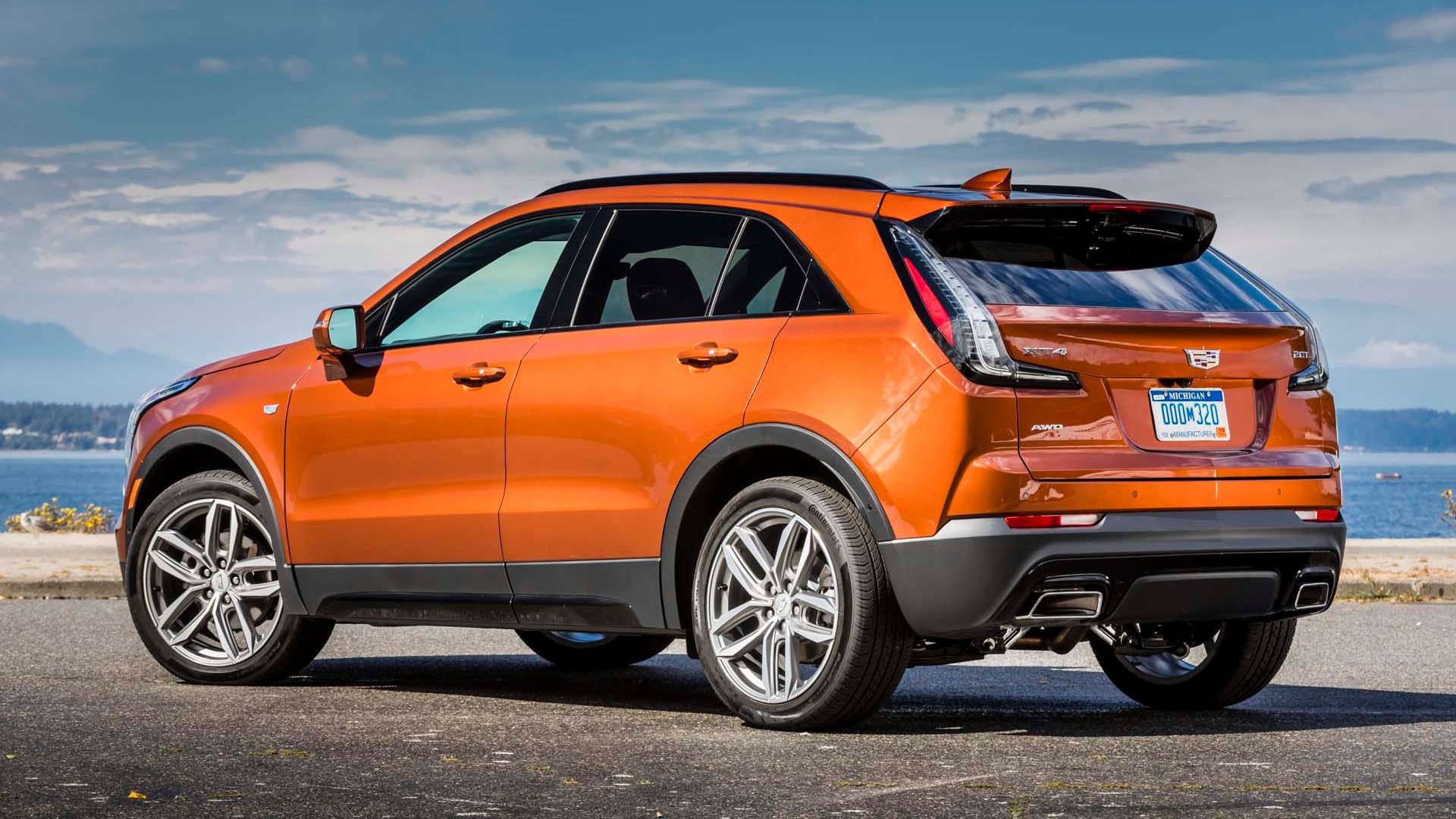What Is A Cross Over Vehicle

Alright, let's talk about Crossover Vehicles (CUVs). You see them everywhere, but what *really* makes them different from SUVs or wagons? This isn't just about marketing jargon; it's about understanding their underlying engineering. Knowing this will help you with everything from basic maintenance to potentially modding or diagnosing common issues. Think of me as your friendly, slightly greasy, but knowledgeable mechanic, ready to break it down for you.
What's a Crossover Vehicle?
A crossover vehicle, in essence, tries to blend the best aspects of passenger cars and sport utility vehicles. The crucial distinction lies in their construction. Unlike traditional SUVs that typically employ a body-on-frame design (like a pickup truck, where the body sits atop a separate chassis), CUVs are generally built with a unibody construction. This means the body and frame are integrated into a single, cohesive structure.
Purpose
Understanding the anatomy of a CUV is important for several reasons. First, it informs your maintenance strategy. Knowing if a component is load-bearing affects how you approach repairs. Second, it helps you troubleshoot common problems specific to unibody construction, like rust and joint fatigue. Third, for the more adventurous, it opens doors to modifications, from suspension upgrades to understanding the limits of towing capacity. Finally, it helps when purchasing a used vehicle to be able to identify hidden problems.
Key Specs and Main Parts
Let's dive into the anatomy. While specific components vary by manufacturer and model, CUVs generally share these key features:
- Unibody Frame: As mentioned, the cornerstone of a CUV. It provides structural integrity and contributes to improved handling and ride comfort compared to body-on-frame SUVs.
- Independent Suspension: Typically found on all four wheels. This allows each wheel to react independently to road imperfections, leading to a smoother ride and better handling. Common types include MacPherson struts (front) and multi-link suspension (rear).
- Engine (Transverse or Longitudinal): CUVs can have their engines mounted either transversely (sideways) or longitudinally (front to back). Transverse mounting is more common in front-wheel-drive-based CUVs, maximizing interior space. Longitudinal mounting is more common in all-wheel-drive or rear-wheel-drive based CUVs.
- Drivetrain (FWD, AWD, 4WD): CUVs are offered in front-wheel-drive (FWD), all-wheel-drive (AWD), or rarely, four-wheel-drive (4WD) configurations. AWD systems typically engage automatically when needed, while 4WD systems often require manual engagement and are generally more rugged.
- Electronic Stability Control (ESC): A crucial safety feature that helps prevent skidding by applying brakes to individual wheels. It integrates with the Anti-lock Braking System (ABS) and Traction Control System (TCS).
- Steering System: Power-assisted steering is standard. Most newer CUVs employ electric power steering (EPS), which improves fuel efficiency and allows for variable steering assistance.
- Braking System: Disc brakes are common on all four wheels, often with ABS and Electronic Brakeforce Distribution (EBD) to optimize braking performance.
How It Works
The unibody construction distributes stress throughout the vehicle's structure. This contrasts with body-on-frame, where the frame absorbs most of the impact. The independent suspension isolates each wheel's movement, preventing road imperfections from being fully transmitted to the cabin. The drivetrain, whether FWD or AWD, transmits power from the engine to the wheels. AWD systems typically use sensors to detect wheel slippage and distribute torque to the wheels with the most traction. ESC constantly monitors vehicle speed, steering angle, and yaw rate (rotation) and intervenes by applying brakes to individual wheels to maintain stability.
Real-World Use – Basic Troubleshooting Tips
Here are a few common issues and things to consider when troubleshooting:
- Clunking Noises from Suspension: Could indicate worn-out bushings, ball joints, or struts/shocks. Inspect these components for excessive play or damage.
- Uneven Tire Wear: Can result from misaligned suspension, worn suspension components, or improper tire inflation.
- AWD System Malfunction: If the AWD system isn't engaging properly, check the transfer case fluid level and inspect the sensors and actuators responsible for torque distribution.
- Rust: Especially around weld seams and suspension mounting points. Address rust promptly to prevent structural damage. Pay close attention to areas where water and salt accumulate.
- Steering Problems: Check the power steering fluid level (if applicable for hydraulic systems) or have the EPS system diagnosed by a mechanic with the proper tools.
Safety – Highlight Risky Components
When working on a CUV, be aware of these potential hazards:
- Airbag System: Always disconnect the battery and wait at least 10 minutes before working near airbags. Improper handling can cause accidental deployment, resulting in serious injury.
- Fuel System: When working on the fuel system, disconnect the battery and work in a well-ventilated area. Fuel is highly flammable.
- Brake System: Brake fluid is corrosive and can damage paint. Dispose of used brake fluid properly. Be careful when bleeding brakes – high pressure can be dangerous.
- Suspension Springs: Compressed suspension springs store immense energy. Use a proper spring compressor to safely remove and install them. Never attempt to compress springs without the correct tools.
- Electrical System: Disconnecting the battery before working on the electrical system is crucial to prevent electrical shocks and damage to electronic components. Be especially careful when working with hybrid or electric CUVs, which operate at much higher voltages.
When troubleshooting your vehicle, always use jack stands to secure the vehicle after lifting it with a jack. A jack alone is not a sufficient safety measure.
Final Thoughts
CUVs represent a blend of practicality and efficiency. Understanding their unibody construction, suspension systems, and drivetrain options allows for informed maintenance, troubleshooting, and even responsible modification. Always prioritize safety when working on your vehicle, and don't hesitate to consult a professional mechanic when facing complex issues. Now go out there and get your hands dirty (responsibly, of course!).
Remember, we have a detailed diagram available for download that covers the specific year and model of your CUV. This diagram will provide visual aids to help you understand your vehicle.
